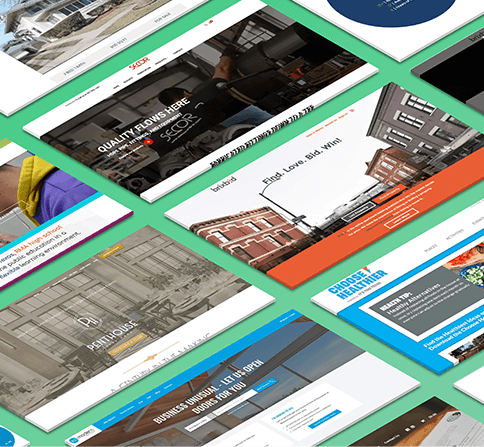When it comes to building software, we often find ourselves focusing on key considerations:
- Identifying the core problem we aim to solve.
- Ensuring our product aligns with the market and effectively addresses the problem.
- Assessing the costs and time required for development.
The 80/20 Principle
Ah, the 80/20 principle, also known as the Pareto principle or the law of the vital few. It all started when Vilfredo Pareto, an Italian economist, observed that roughly 80% of the land in Italy was owned by just 20% of the population. A fascinating insight into the imbalance of wealth distribution, indeed.Applying the 80/20 Principle to App Development
Now, let’s shift our focus to the world of app development. Stay with me!Imagine building an app where some components (such as login screens, forgot password features, and profile administration) are relatively straightforward to create. However, other features demand more time and effort, often involving intricate customization and integration of different systems.
Unleashing the 80/20 Rule in App Development
In the realm of app development, it’s not uncommon for 20% of the work to yield a substantial 80% of the results. Let’s embrace this principle to work smarter, not harder!Harnessing the Power of Prototypes
Enter the mighty prototypes! These wonders of app development allow users or investors to experience the app’s user interface without implementing all the complex backend logic. Let’s say you’re developing a social media app. Behind the scenes, numerous intricate operations take place—post storage and retrieval, permission management, content sharing, and friend group administration. While these features significantly contribute to the app’s functionality, they often remain invisible to end users.Understanding the Role of Prototypes
Prototypes serve a vital purpose in our product development goals: obtaining early feedback. Waiting for months and investing significant resources to determine market fit can be challenging. This is where prototypes shine. By presenting a tangible user interface, prototypes enable users, investors, and stakeholders to interact with the app and provide valuable feedback. This early feedback loop empowers us to make informed decisions, such as discontinuing the product if the feedback is lukewarm or pivoting based on user preferences. Moreover, the resources invested in prototypes often align with those required for full app development. Designing screens and interfaces within the prototype phase reduces future workload for the final buildout.Conclusion
Prototypes exemplify the 80/20 rule by allowing us to develop a smaller portion of the product initially while gaining essential feedback within a shorter timeframe. Incorporating prototypes into the app development process helps us save time, resources, and effort, increasing the likelihood of delivering a successful and well-received app to the market. By embracing the 80/20 principle through prototyping, we optimize our development process, making informed decisions early on and enhancing the overall success of our app.Start Your Prototype
Ready to unlock the power of the 80/20 principle in app development? Take the leap and start building a prototype today to validate your ideas, gather valuable feedback, and pave the way for a successful app that hits the mark. Click here to get in touch with us and discuss how we can help you bring your app idea to life!

